Featured Photo Above:
Addie Joos Benefit Game, July 24, 1911
(Color Restoration by Chris Whitehouse of They Played in Color website)
Baseball History Comes Alive Now Ranked As a Top Five Website by Feedspot Among All Baseball History Websites and Blogs!
(Check out Feedspot's list of the Top 35 Baseball History websites and blogs)

Guest Submissions from Our Readers Always Welcome! Click for details
Subscribe to Baseball History Comes Alive! to receive new posts automatically
“The Quickest Game in Baseball History” Photo Gallery
Click on any image below to see photos in full size and to start Photo Gallery:
The Quickest Game In Baseball History!
As we are all aware, the honchos of major league baseball have been trying hard to find ways to speed up the game. Doing a little research, I found that in 1942 the average game was played in 1:45, which, as far as I can tell, marked the “low point” for average time of games.
Since then, the baseball “game clock” has been steadily climbing upward: 2:33 in 1960; 2:47 in 1990; 2:50 in 2010; and peaking at 3:05 in 2017. We can all speculate as to the reasons for the increase (mound visits, pitching changes, umpire challenges, etc.), but whatever the reasons, it looks like three-hour-plus games are going to be with us for the foreseeable future.
With that as the backdrop, I thought it would be fun to revisit the quickest game ever played. Want to hazard a guess as to what the record time is?
Los Angeles Dodgers 2018 NL West Champs Gear
It happened in the first game of a doubleheader at the Polo Grounds on September 28, 1919. Fourteen thousand fans saw the game between John McGraw’s New York Giants and the Philadelphia Phillies, managed by Gavvy Cravath. The Giants won the game – in a record 51 minutes! – behind the complete game performance of Jesse Barnes, 6-1. The Giants’ hurler struck out two and walked none; while the Phils’ Lee Meadows also pitched a complete game. Every hitter in the Giants’ lineup recorded at least one hit. “High Pockets” Kelly was the hitting star with three hits, an RBI, and a run scored.
In the featured photo above, we see a scene from the Polo Grounds, 1919 about the time of the “quickest game in baseball history!”
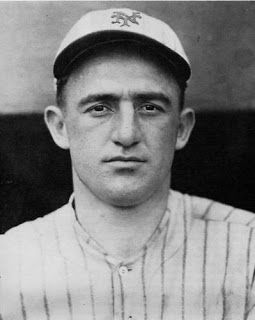
A game recap found in the next day’s New York Daily News revealed the reason for the unusual “speed-up”:
“Both Giants and Phils agreed to go after the speed record before the game started. That they shattered the mark and still made seven runs is remarkable. The men went up intent on smacking the first pitch. They did it for the most part and this led to the hasty finish.”
Interesting. Wonder what the hurry was? The Giants beat the Phillies again in the nightcap 7-1, the final game of the season. At 87-53, they finished in second place, nine games behind the Reds.
Believe it or not, there were six future Hall-of-Famers on the field that day. In addition to McGraw and umpire Bill Klem, the HOFers were Philly Dave Bancroft; Giants Ross Youngs, Frankie Frisch, and George “High Pockets” Kelly.
Other notables playing for the Phillies included Lena Blackburne, the discoverer of the famous “rubbing mud from the Delaware river”; the underrated slugger Cy Williams; Irish Meusel, brother of Yankee slugger Bob Meusel and a fine ballplayer himself; and a player with one of the all-time great baseball names, Bevo LeBourveau. A lot of familiar players took the field for the Giants, including George Burns, Benny Kauff, “Laughing Larry” Doyle, and Art Fletcher.
Somehow, back in 1919, a major league game was able to be completed in 51 minutes, while today it takes three hours plus! Feel free to speculate on the reasons for the increase in game time in the comments section below.
Gary Livacari
“Friend” me on Facebook: https://www.facebook.com/gary.livacari.9
Visit Our Web page: “Baseball History Comes Alive!” now with over 210K hits!:
http://wp.me/P7a04E-2he
Photo Credits: All from Google search
Information: Excerpts edited from aarticle in New York Daily News on the quickest game in major league history: http://www.nydailynews.com/sports/flashback-1919-giants-phils-play-fastest-full-game-article-1.2377281
Check out my two books, both now available on Amazon in e-book and paperback: “Paul Pryor in His Own Words: The Life and TImes of a 20-Year Major League Umpire” and “Memorable World Series Moments.” All profits go to the Illinois Veterans Foundation
We are a participant in the Amazon Services LLC Associates Program, an affiliate advertising program designed to provide a means for us to earn fees by linking to Amazon.com and affiliated sites. Click here to view Amazon’s privacy policy
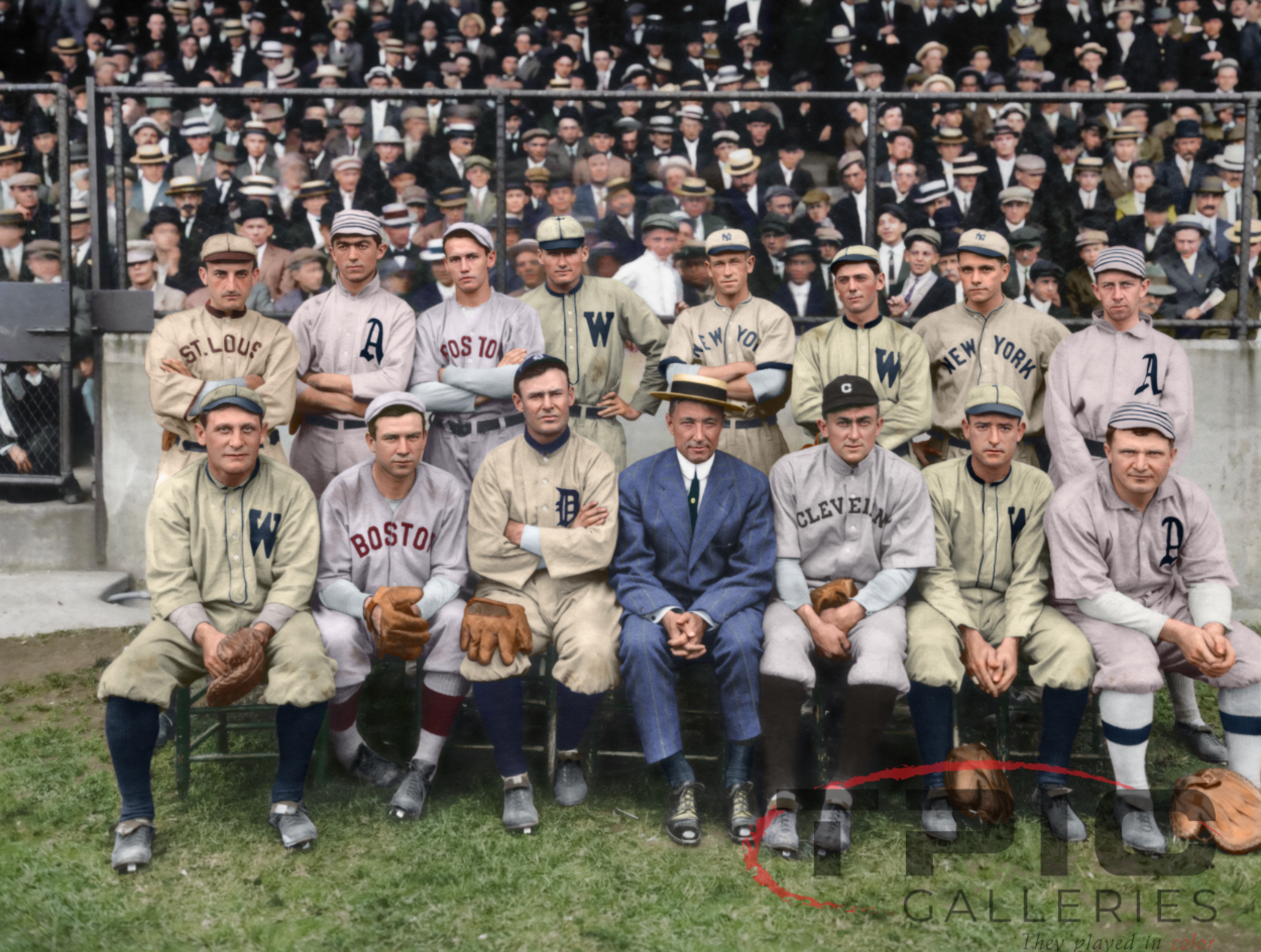
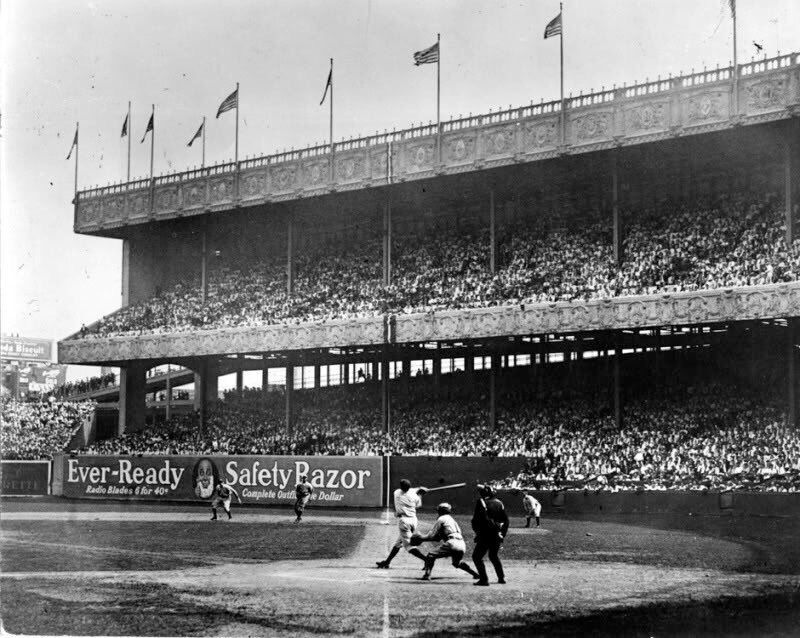
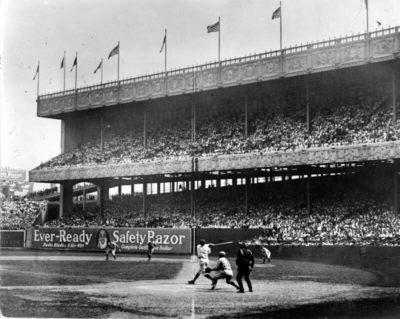
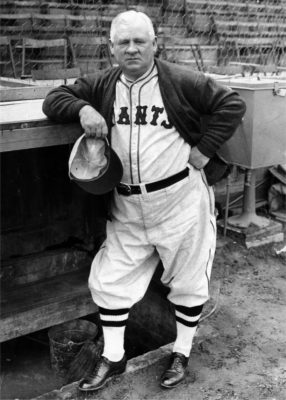
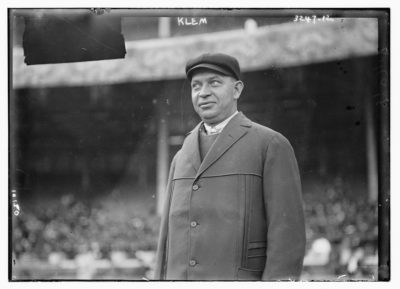
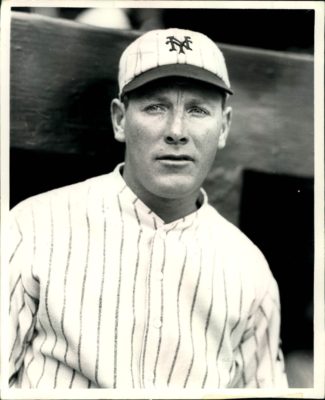
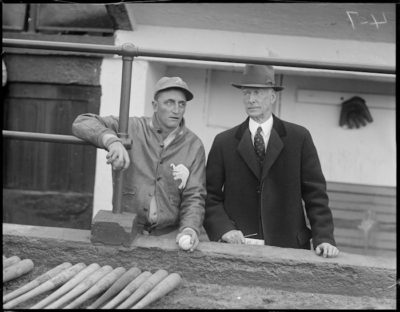
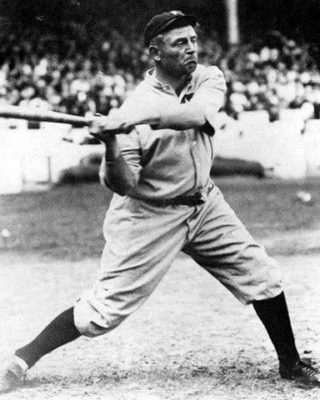
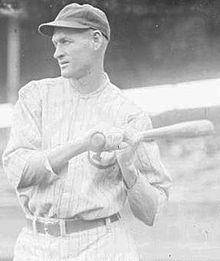
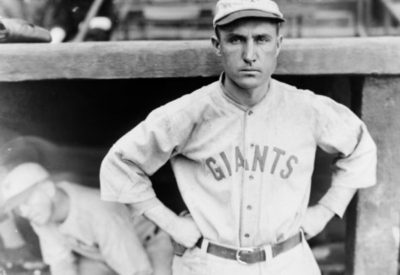
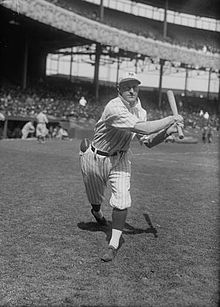
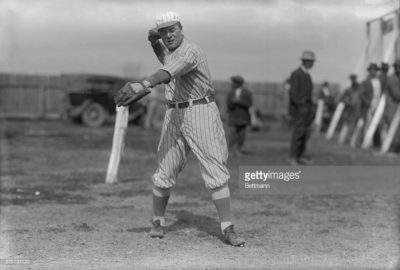
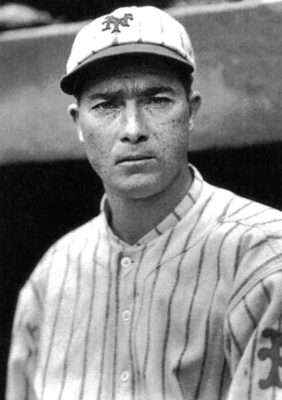
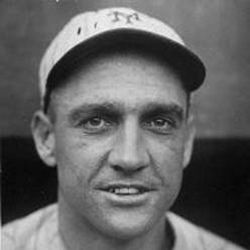
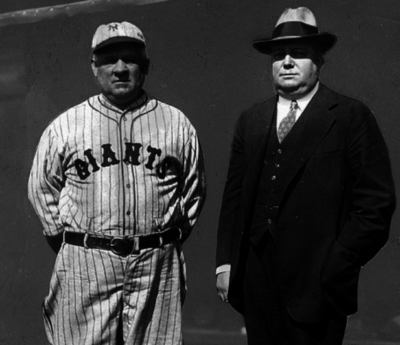
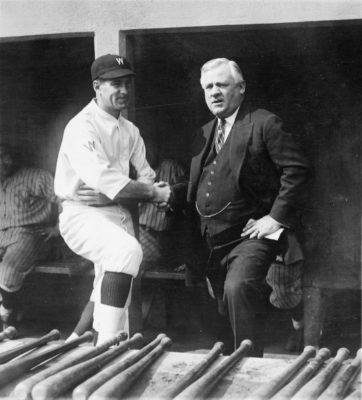
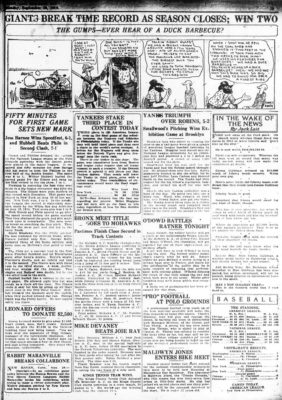
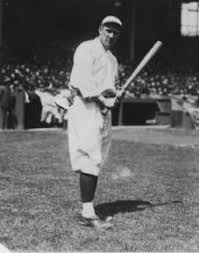
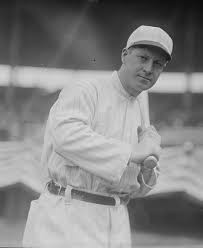
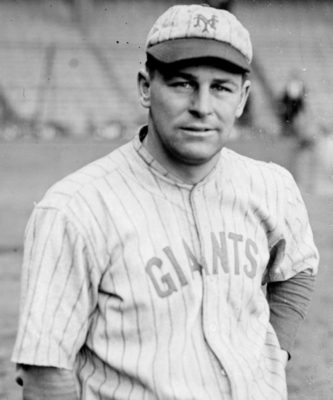
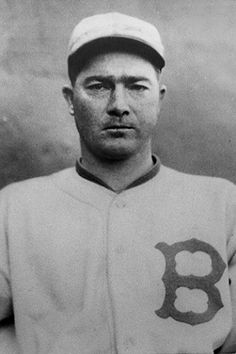
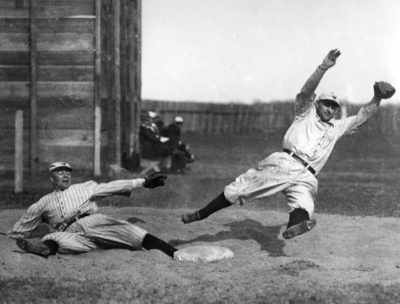

Analytics have been the main cause the last 10 years. Players have been turned into chess pieces on every conceivable angle, which, to me, takes some of the enjoyment of the game and increases time of game enormously.
I am making my annual trek to Cooperstown during the World Series, where I can bask in the displays of the different eras of the game.
I especially like the dead ball era teams featuring the Giants, A’s, Pirates, Cubs, Tigers and Red Sox through 1920.